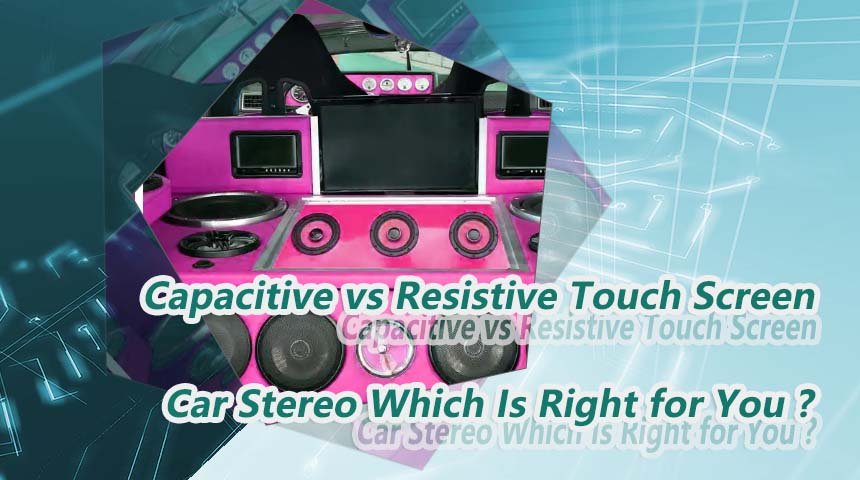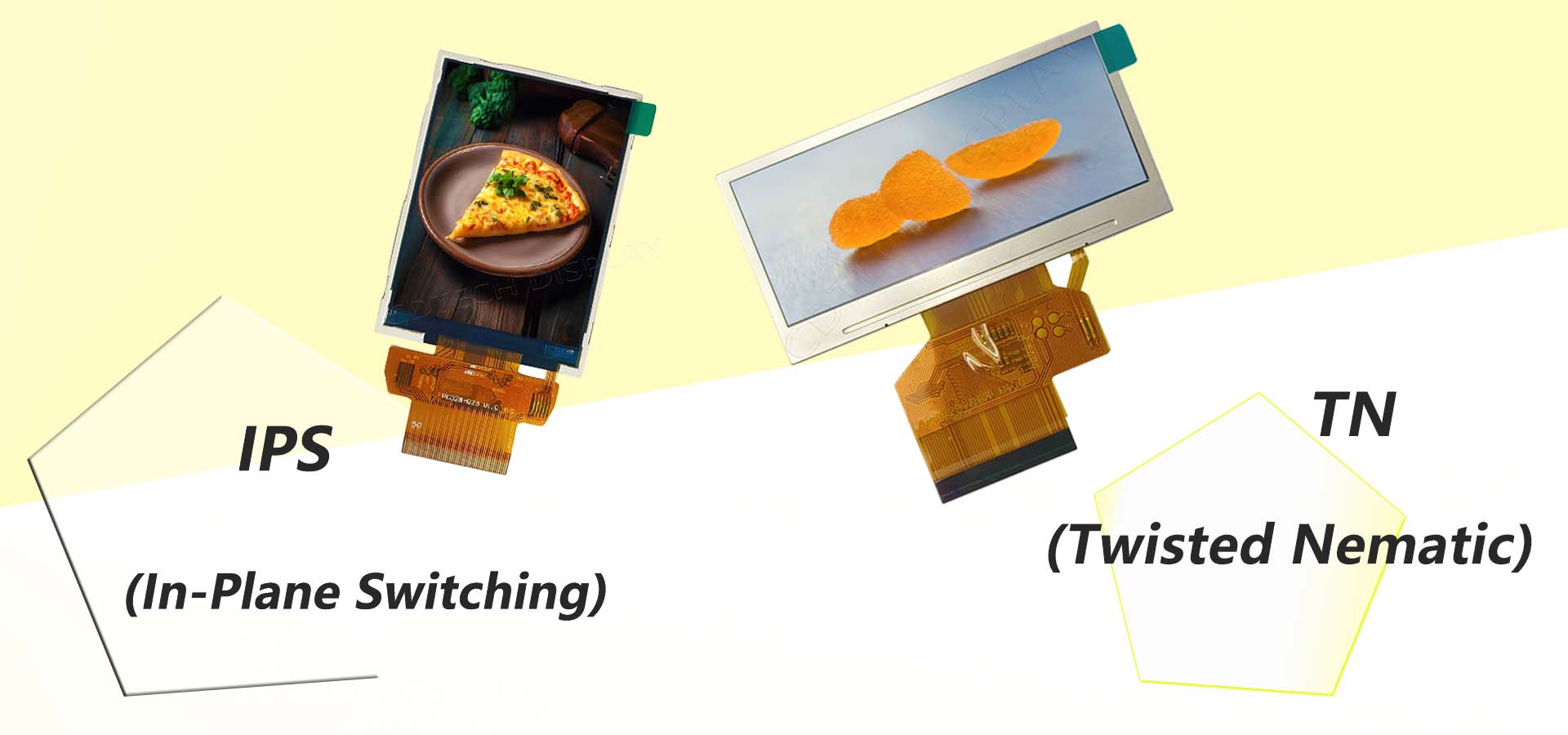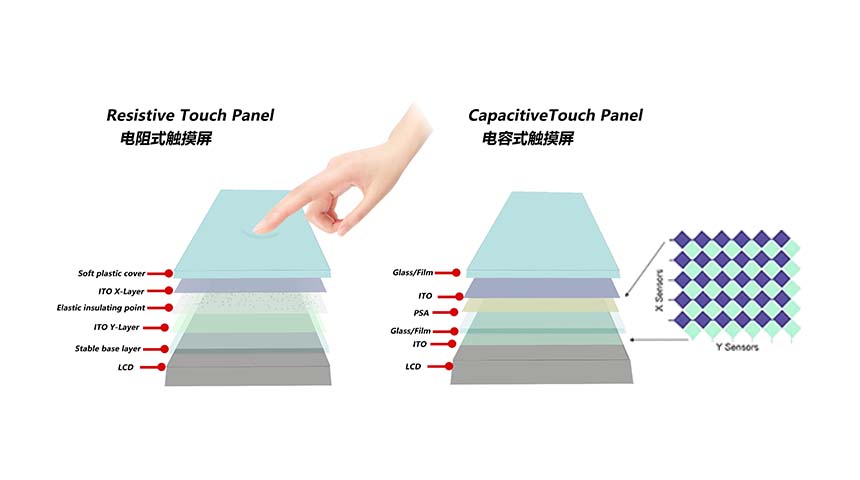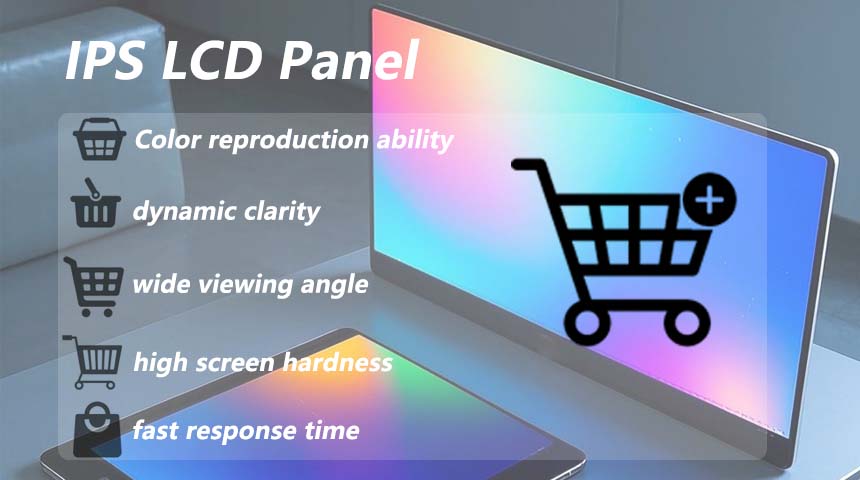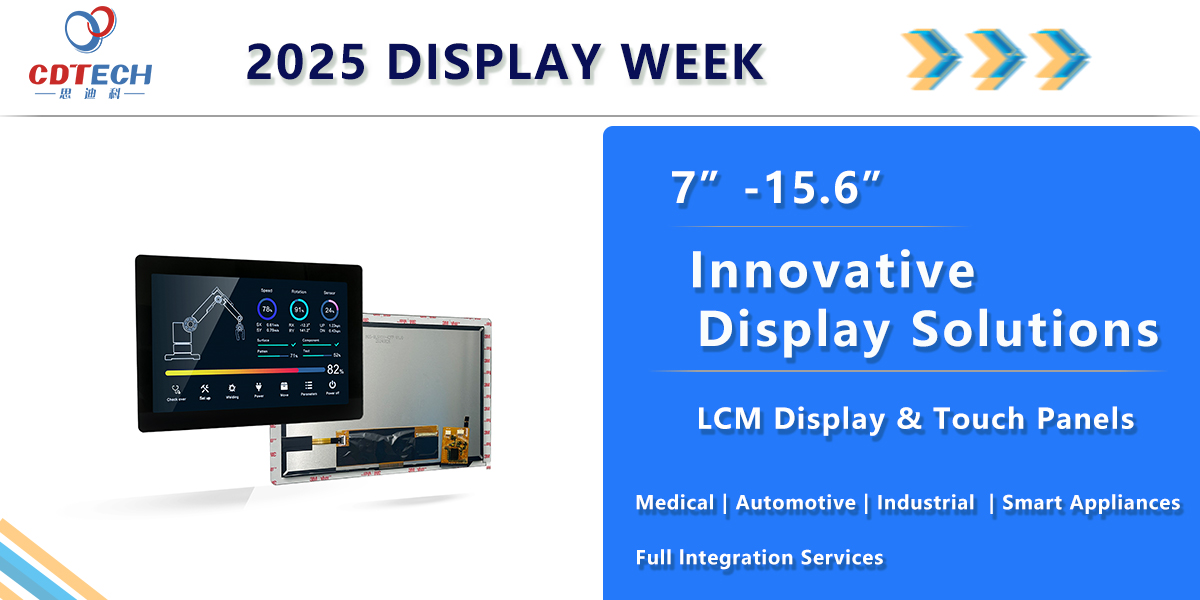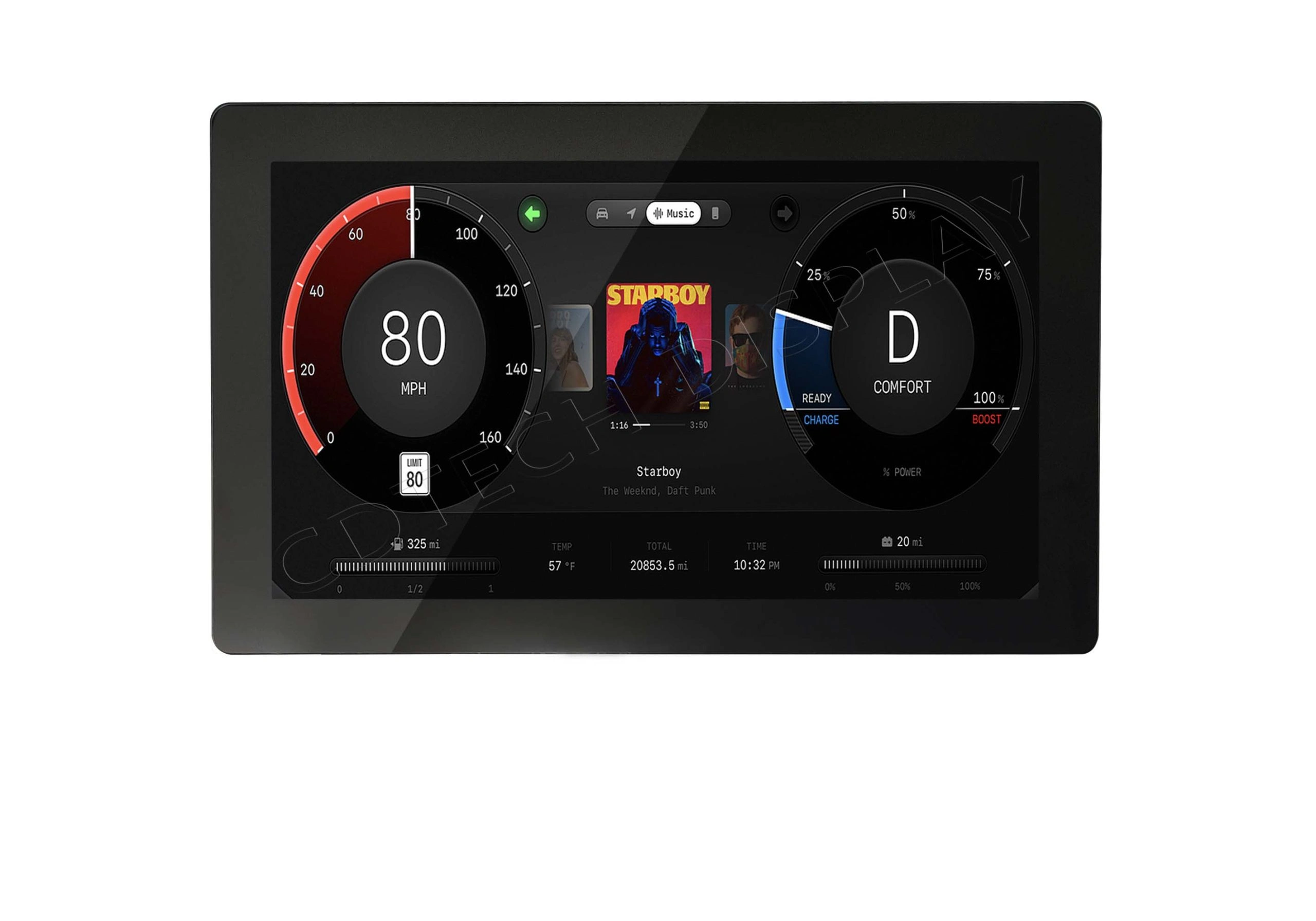How to Choose the Perfect Size Inch for Enhanced Viewing
Why’s Screen Size Such a Big Deal for Watching Stuff?
How Does Screen Size Affect Your Eyes?
The size of an LCD screen really changes how comfy it is to look at. A bigger screen makes it easy to see things without squinting or leaning in close. That’s a lifesaver when you’re staring at it for hours, since tiny text or images can wear your eyes out. But a screen that’s way too big in a small room might make you turn your head too much, which can feel off. So, picking the right size keeps your view clear and chill.
How Do Big or Small LCD Screens Change How You Use Them?
The screen’s size switches up how you work with it. Big LCD screens give you tons of room to do multiple things at once, perfect for stuff like designing art, editing videos or digging through data. They’re also great for touch controls when you’re working with others. Smaller screens are super portable but can be a pain for tasks needing lots of detail or open windows side by side.
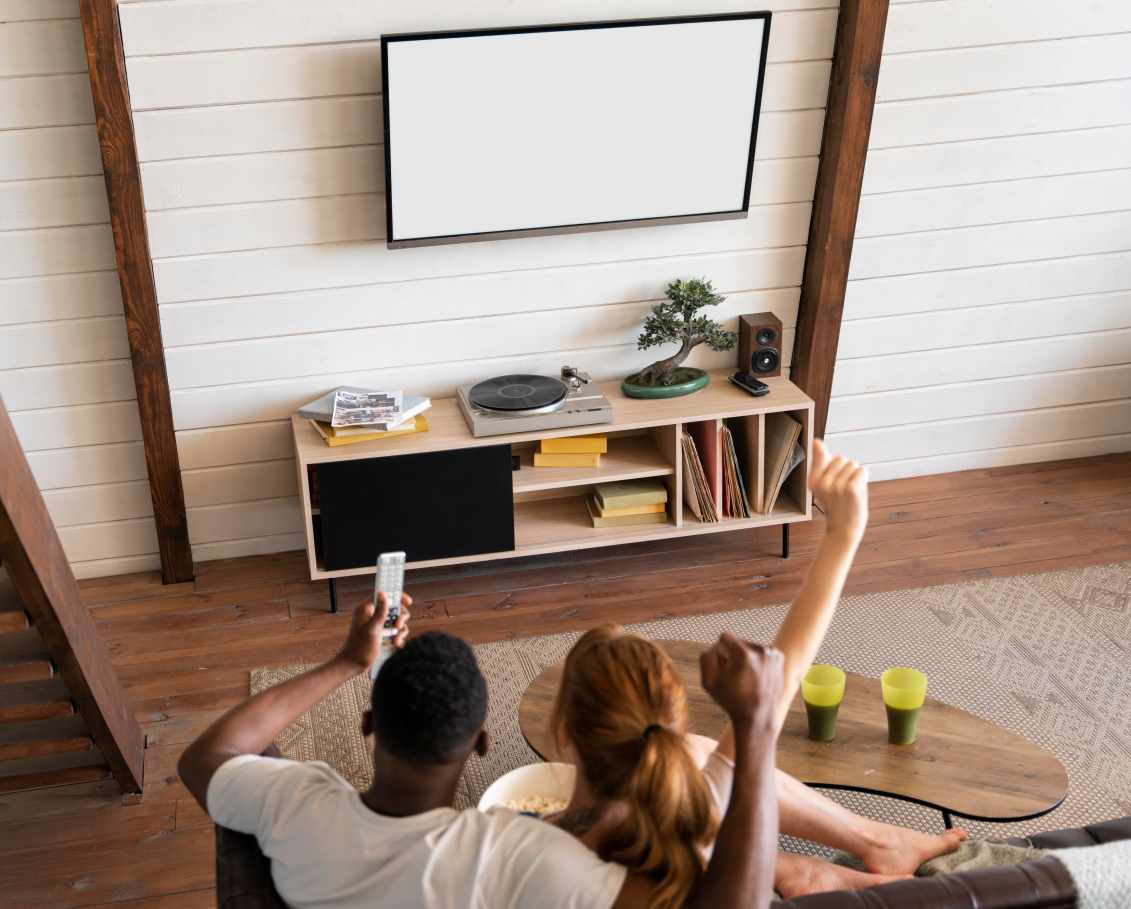
What Should You Think About When Choosing a Screen Size?
How Close Are You Sitting to the Screen?
How far you are from the screen is a huge deal when picking lcd display sizes. If you’re up close, like at a desk, a 24-inch to 27-inch screen usually looks clear without hogging your whole view. For home theaters or meeting rooms where you’re sitting farther back, screens over 40 inches keep things easy to read and pull you right in.
What’s the Screen Gonna Be Used For?
Home Fun vs. Office Work
For home entertainment, big screens (over 32 inches) are awesome for epic visuals and group viewing. Office desks usually do best with mid-sized screens (21 to 27 inches) that fit nicely and give enough space for spreadsheets, documents or browsing the web.
Gaming vs. Industrial Stuff
Gamers love widescreen monitors from 24 to 34 inches with fast refresh rates and sharp resolution for killer gameplay. Industrial jobs often need smaller and tough screens—between 7 and 15 inches—for things like machines or kiosks, with extras like sunlight readability or touch controls.
How Do Resolution and Aspect Ratio Make the Screen Feel Bigger?
Resolution sets how crisp a screen looks. Higher ones like Full HD (1920×1080) or 4K (3840×2160) make pictures super sharp no matter the size. Aspect ratio—how wide compared to tall the screen is—changes how big it feels. A widescreen (16:9) gives you more side-to-side room than an old-school (4:3) screen of the same diagonal size. That’s sweet for movies or wide spreadsheets.

CDTech: Building LCD Screens for Every Job
Who’s CDTech and Why Are Their Screens So Cool?
At CDTech, we make awesome TFT LCD displays that fit all kinds of industries. We’re not just about tons of products—we can tweak every part of an LCD, from size to features, to match what you need.
With customized LCD OD, LCD AA, FPC OD and backlight option. This means we can adjust everything from outer dimensions (OD) to active areas (AA), flexible printed circuits (FPC) and even backlight setups to fit your project’s needs.
What’s in CDTech’s Product Lineup?
Our catalog’s got a bunch of lcd display sizes, from tiny handheld modules under 5 inches to big panels over 15.6 inches for industrial controls or digital signs. Every module’s built with care using top-notch materials to stay strong and work great in all sorts of conditions.
Where Are CDTech LCD Screens Used?
We cover tons of fields, like car dashboards, medical gear needing clear diagnostic screens, gadgets with bright colors and automation systems for factories.
Our displays are made for sharp visuals and easy setup across different platforms, with accessories like HDMI/MIPI/LVDS cables, mounting brackets, enclosures, controller boards and power adapters.
LCD displays typically come with a set of accessories required for installation and use. Here are common accessories:
-
Cables: HDMI cables, MIPI cables, LVDS cables (depending on the input type of the display).
-
Mount/Stand: Side-mounted with screw hole positioning posts, rear-mounted with screw hole positioning posts to support and hold the display in place, ensuring it’s positioned at the correct angle.
-
Enclosure/Frame: Used to protect the internal components and house the display.
-
Driver/Controller Board: If an external controller is needed to operate the display.
-
Power Adapter: To provide stable power supply for the display.
How Does CDTech Help You Find the Perfect Screen Size?
Custom Fits for Your Needs
We work hand-in-hand with clients from start to finish—design to production—to pick the best lcd display sizes based on where it’ll be used, resolution needs, aspect ratio preferences, brightness, touch features, interface options and size limits.
Whether you’re sticking a small screen in wearable tech or grabbing big ones for public kiosks, we make sure every pixel does its job right.
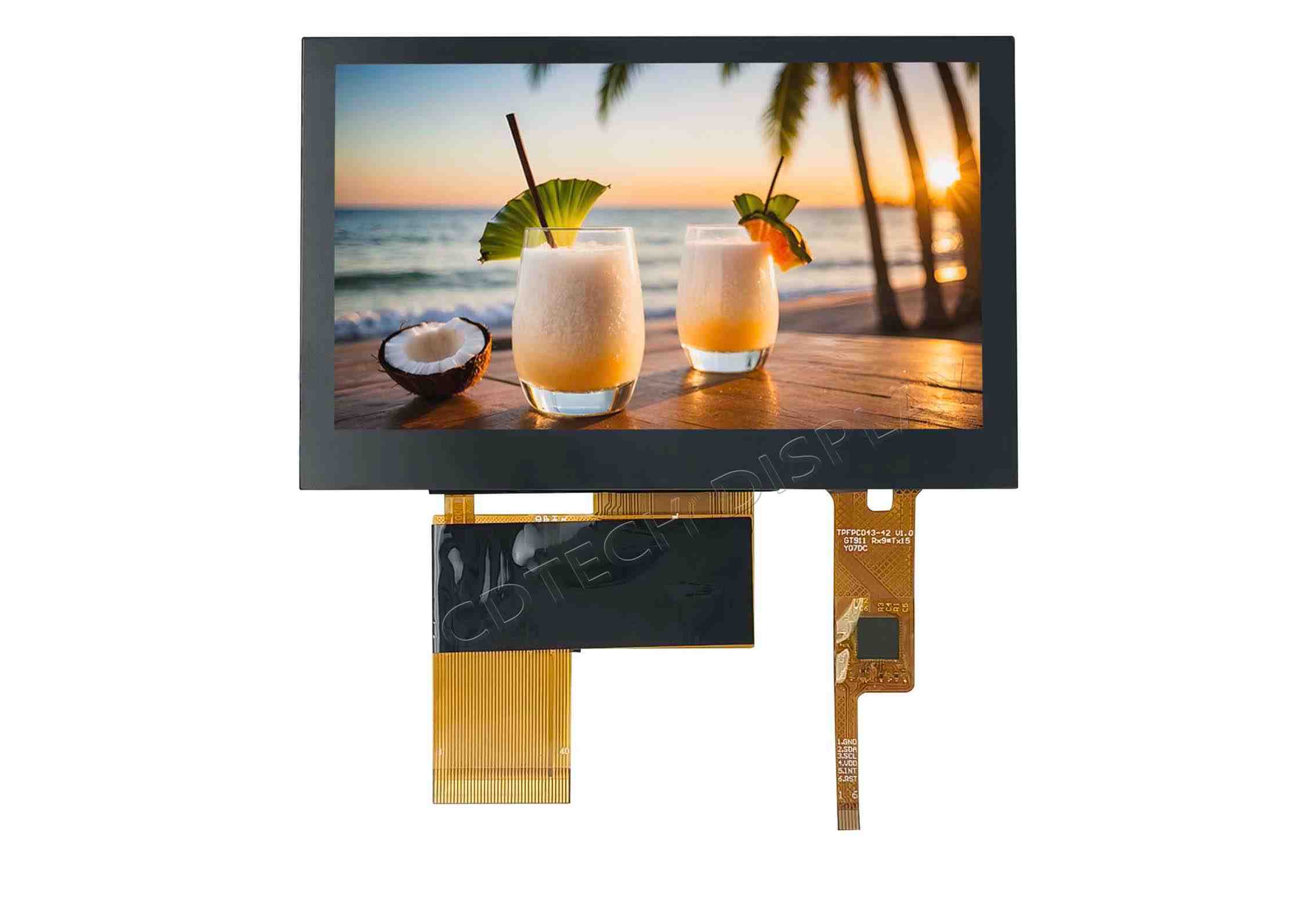
Comparing Common LCD Screen Sizes
What Sizes Can You Get?
LCD screens come in all kinds of standard sizes for different jobs:
5-Inch to 10-Inch Screens
These little screens are perfect for handheld stuff like GPS units or portable medical tools where you need to carry it but still see clearly.
11-Inch to 17-Inch Screens
Mid-sized screens are great for laptops, tablets used out in the field or POS terminals where you can juggle tasks without needing a huge desk.
Over 17 Inches: Big-Time Viewing
Screens this big are for entertainment setups, digital signs or multi-user control panels where you need to see stuff clearly from far off.
Which Size Fits Your Space Best?
The right size depends on your space and how you watch. For tight spots like ATMs or machines, screens under 10 inches are the way to go. Desks do great with mid-sized screens around 24 inches, while public info terminals need bigger screens to grab attention from a distance.
Getting Screen Sizes and Aspect Ratios
How Do Inches Turn Into Width and Height?
Screen size in inches is measured diagonally, corner to corner—not just the width. For example:
Example Sizes
A 7-inch screen with a 16:9 aspect ratio is about 6.1 x 3.4 inches.
A 15-inch monitor with the same ratio is roughly 13 x 7.3 inches.
Knowing this helps make sure it fits into cases or hardware frames when setting up.
Why’s Aspect Ratio a Big Deal When Picking a Screen?
Aspect ratio changes how a screen looks and works based on what you’re showing. A wide ratio like 16:9 is awesome for movies, while square ratios like 4:3 are better for older software still used in some industries.
Picking the Right LCD Screen for Different Spots
Top Tips for Office and Work Setups
Grab monitors between 23–27 inches with Full HD or better resolution and stands you can adjust to stay comfy during long workdays.
Best Screen Sizes for Schools
Classrooms do awesome with mid-to-large screens (24–55 inches) so everyone can see clearly, even from the back. Toss in touchscreen features to make lessons more fun.
Picks for Industrial and Built-In Uses
Toughness and small size are key here. Rugged screens between 7–15 inches with touch controls are best for factory machines or outdoor kiosks dealing with dust, water or shakes.
FAQ
Q: What’s the Best LCD Screen Size for a Tiny Workspace?
A: For small desks like home offices or cubicles under three feet wide, a screen between 21–24 inches hits the sweet spot for usability without tiring your eyes out.
Q: How Do I Measure an LCD Screen Size the Right Way?
A: Measure diagonally from one corner of the visible screen (not the bezels) to the opposite corner with a ruler or tape marked in inches. That’s the official size.
Q: Does a Bigger Screen Always Look Better?
A: Nope—bigger screens show more, but they need the right resolution. Without it, pixels stretch and stuff looks blurry, especially up close.

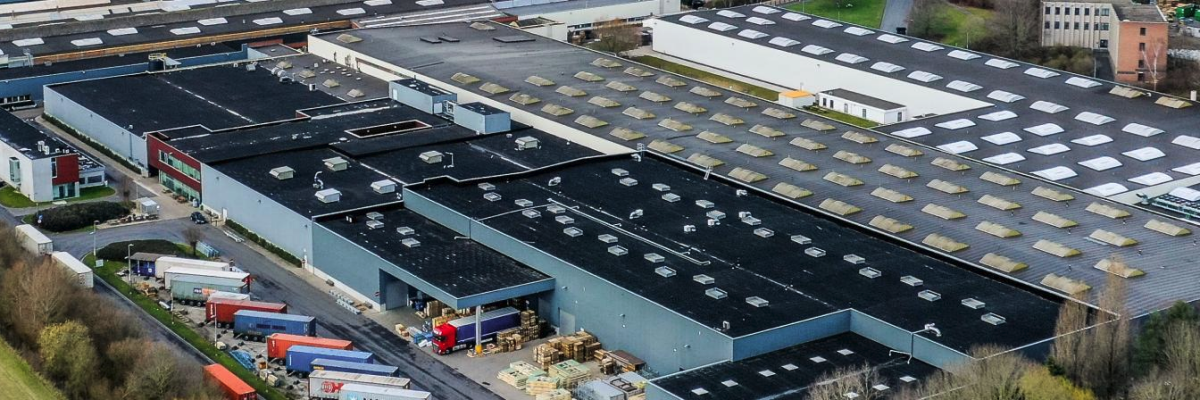
 2025-08-15
2025-08-15  13:50
13:50 